Who Should Use This Guide?
This expert guide is designed for patients dealing with chronic conditions, family caregivers, medical device manufacturers, and healthcare providers who are on the lookout for dependable power solutions for life-sustaining medical equipment. If you’re wondering, “What should I do if my oxygen concentrator loses power?” or “How long can I expect my CPAP battery to last during an outage?”, this all-encompassing resource has got you covered with the answers you need.
Primary Questions Answered:
- How do I pick the right battery backup for my medical equipment?
- What’s the best backup power option for oxygen concentrators and CPAP machines?
- How long should my medical device battery last when the power goes out?
- Which battery technology is the safest for home medical equipment?
Why Battery Backup Matters for Home Medical Equipment?
Power outages can pose serious risks to individuals who rely on medical devices. For patients using ventilators, CPAP machines, or oxygen concentrators, a steady power supply is crucial. A sudden loss of power can result in:
- Respiratory distress
- Interruptions in therapy
- Complications from sleep apnea
- The need for emergency hospitalization
Use Case:
Imagine a sleep apnea patient facing a blackout in the middle of the night. Without a battery backup, their CPAP machine stops working, leading to significant sleep disruption. However, with a dependable backup in place, the device keeps running, ensuring that therapy continues smoothly.

How to Calculate Your Medical Equipment Power Needs?
Step 1: Identify Device Power Consumption
Common medical device power requirements:
- Oxygen concentrators: 280-400 watts
- CPAP machines: 60-90 watts
- BiPAP machines: 80-120 watts
- Home ventilators: 100-200 watts
- Infusion pumps: 15-30 watts
Step 2: Determine Required Runtime
Recommended minimum backup durations:
- Critical life support (ventilators): 24-48 hours
- Respiratory support (oxygen, CPAP): 8-12 hours
- Therapy devices (infusion pumps): 4-8 hours
Step 3: Calculate Battery Capacity
Formula: (Device Watts × Runtime Hours) + 25% safety margin = Required Watt-hours (Wh)
Example: 300W oxygen concentrator × 10 hours × 1.25 = 3,750Wh minimum capacity
Best Battery Technologies for Medical Equipment
Lithium Iron Phosphate (LiFePO4): The Gold Standard
Why LiFePO4 batteries are recommended by medical professionals:
Performance Advantages
- 10-15 year lifespan (vs. 3-5 years for lead-acid)
- 6,000+ charge cycles before capacity degrades to 80%
- Consistent voltage output throughout discharge cycle
- Fast charging capability (80% capacity in 2-3 hours)
- Wide temperature tolerance (-20°F to 140°F operating range)
Safety Features
- Built-in Battery Management System (BMS) prevents overcharging and thermal runaway
- Non-toxic chemistry safe for indoor use
- No explosive gases during charging
- Fire-resistant design with thermal protection
Practical Benefits
- 50% lighter weight than equivalent lead-acid systems
- 80% smaller footprint for easier home installation
- Silent operation won’t disturb sleep or recovery
Comparison: LiFePO4 vs. Alternative Battery Types
| Feature | LiFePO4 | Lead-Acid AGM | Lithium-Ion |
| Safety Rating | Excellent | Good | Fair |
| Lifespan | 10-15 years | 3-5 years | 5-8 years |
| Depth of Discharge | 95% | 50% | 85% |
| Maintenance | None | Periodic | Minimal |
| Temperature Stability | Excellent | Good | Fair |
| Medical Certification | Widely available | Limited | Emerging |
What to Look for When Buying Medical Equipment Battery Backup
Essential Features Checklist
1. Uninterruptible Power Supply (UPS) Capability
- Zero-second transfer time prevents equipment shutdown
- Automatic voltage regulation protects against power surges
- Clean sine wave output ensures equipment compatibility
2. Medical-Grade Safety Certifications
- UL 2089 certification for medical facility use
- FDA 510(k) clearance for medical device accessories
- IEC 60601-1 compliance for medical electrical equipment
3. Advanced Battery Management
- Real-time capacity monitoring with digital displays
- Predictive maintenance alerts for battery health
- Remote monitoring capability via smartphone apps
- Automatic self-testing to ensure readiness
4. Multiple Charging Options
- AC wall charging for daily use
- Solar panel compatibility for extended outages
- 12V car adapter for portable charging
- Generator pass-through for indefinite runtime
5. User-Friendly Operation
- One-button startup for emergency situations
- Clear LED indicators showing power status
- Audible alarms for low battery warnings
- Intuitive control panel with minimal training required
Best Battery Backup Solutions by Medical Device Type
For Oxygen Concentrators
Recommended Systems:
- Capacity Range: 1,000-3,000Wh for 3-10 hour runtime
- Key Features: Wheels for mobility, multiple AC outlets, solar charging
- Top Consideration: Ensure continuous oxygen flow during power switching
For CPAP/BiPAP Machines
Recommended Systems:
- Capacity Range: 300-800Wh for 1-3 nights of therapy
- Key Features: Compact design, travel-friendly, USB charging ports
- Top Consideration: Compatible with heated humidifiers and tubing
For Home Ventilators
Recommended Systems:
- Capacity Range: 2,000-5,000Wh for 24-48 hour runtime
- Key Features: Hospital-grade reliability, redundant safety systems
- Top Consideration: Seamless integration with existing ventilator alarms
For Infusion Pumps
Recommended Systems:
- Capacity Range: 200-500Wh for 8-24 hour runtime
- Key Features: Portable design, precise voltage regulation
- Top Consideration: Maintains medication temperature if required

Battery Backup vs. Generator: Which Is Right for Medical Equipment?
When to Choose Battery Backup Systems
Best for:
- Critical medical equipment requiring instant power switching
- Indoor use where emissions are a concern
- Quiet operation during recovery and sleep
- Portable medical devices used throughout the home
- Short to medium-term outages (up to 48 hours)
Advantages:
- Instant activation (0-second transfer time)
- Silent operation (under 40dB)
- No fuel requirements or emissions
- Minimal maintenance needed
- Compact indoor installation
When to Consider Generators
Best for:
- Whole-home backup including medical equipment
- Extended outages lasting multiple days
- Multiple high-power devices running simultaneously
- Rural locations with frequent, long outages
Limitations for Medical Use:
- 10-30 second startup delay can interrupt therapy
- Noise levels (60-80dB) disrupt sleep and recovery
- Fuel dependency creates supply chain risks
- Outdoor installation requires weatherproof setup
- Regular maintenance needed for reliability
Frequently Asked Questions About Medical Equipment Battery Backup
Q: How long will my battery backup last during a power outage?
A: Runtime depends on your device’s power consumption and battery capacity. A properly sized LiFePO4 system typically provides 8-48 hours of continuous operation for most home medical equipment.
Q: Can I use a regular UPS from an office store for my medical equipment?
A: Not recommended. Medical equipment requires specialized UPS systems with pure sine wave output, medical-grade certifications, and longer runtime capabilities than standard computer UPS units.
Q: What’s the difference between a UPS and a battery backup?
A: A UPS provides instant power switching (0 seconds) and voltage regulation, while basic battery backups may have switching delays that could interrupt sensitive medical equipment.
Q: How often should I test my medical equipment battery backup?
A: Monthly testing is recommended. Simply unplug the main power for 5 minutes to ensure the backup system activates properly and maintains equipment operation.
Q: Are there tax benefits for purchasing medical equipment battery backup?
A: Yes, if prescribed by a physician, battery backup systems for medical equipment may qualify for HSA/FSA reimbursement and potential tax deductions as medical expenses.
Q: What happens if my battery backup fails during an emergency?
A: Quality systems include redundant safety features and monitoring. However, always have a backup plan including portable battery options, alternative care locations, or emergency medical services contact information.
Conclusion: Ensuring Uninterrupted Medical Care Through Reliable Power Solutions
For those who rely on home medical equipment, having a dependable battery backup system can mean the difference between receiving continuous care and facing potentially life-threatening interruptions. By selecting the right LiFePO4 battery technology, accurately assessing your power needs, and developing a thorough emergency plan, you can guarantee that your medical devices will keep running, no matter how reliable the power grid is.
Key Takeaways:
- LiFePO4 batteries provide the ideal mix of safety, longevity, and performance for medical uses.
- Proper sizing involves calculating the power consumption of your devices and adding a 25% safety margin.
- UPS functionality is crucial for seamless switching and voltage regulation.
- Professional installation and routine maintenance are key to ensuring maximum reliability.
A comprehensive emergency plan should include backup power, communication strategies, and alternative care options. Investing in a quality battery backup for your home medical equipment goes beyond mere convenience—it’s about safeguarding your health, ensuring peace of mind, and maintaining your independence in managing your healthcare. With the right system in place, you can tackle any power outage confidently, knowing that your life-sustaining medical equipment will keep running when you need it the most.

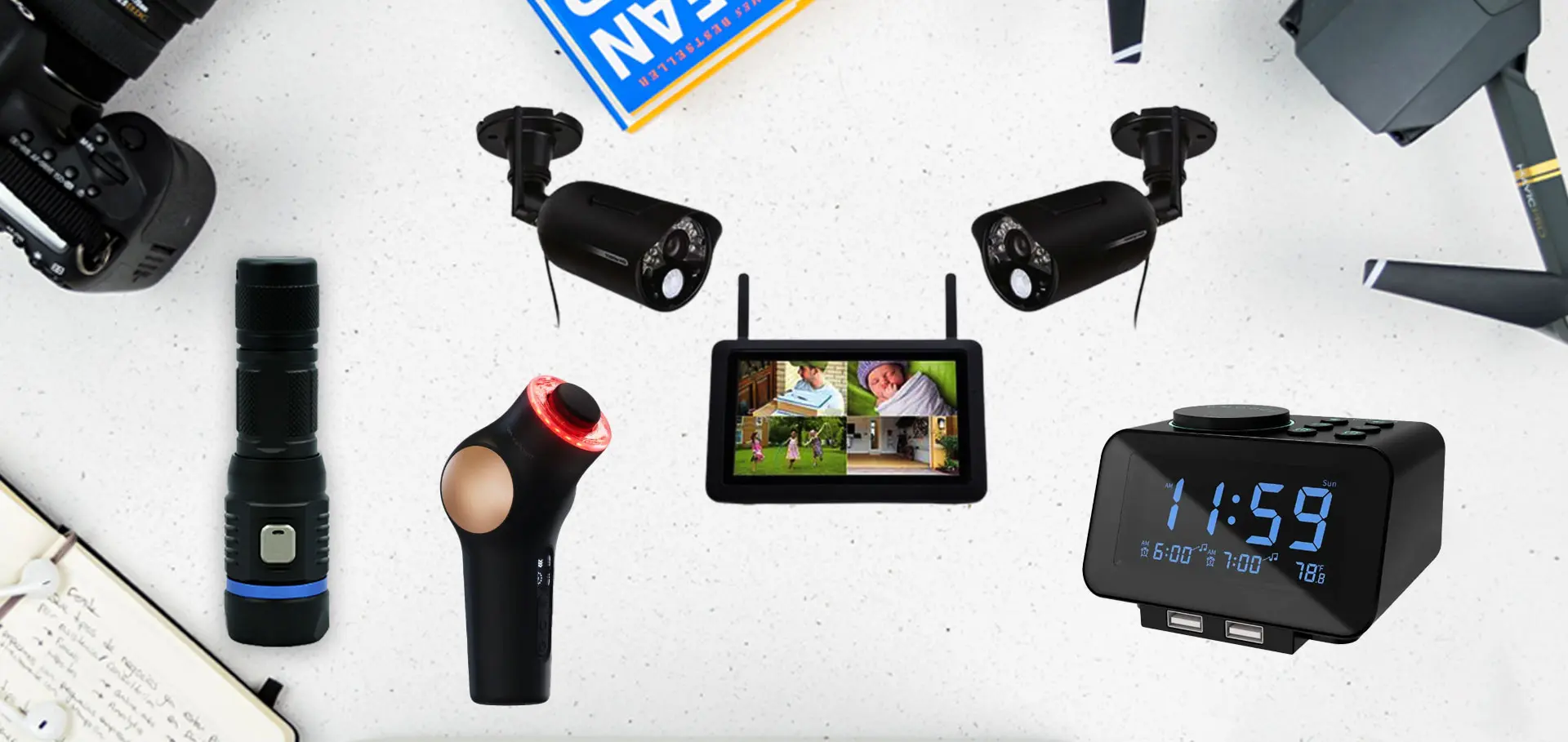
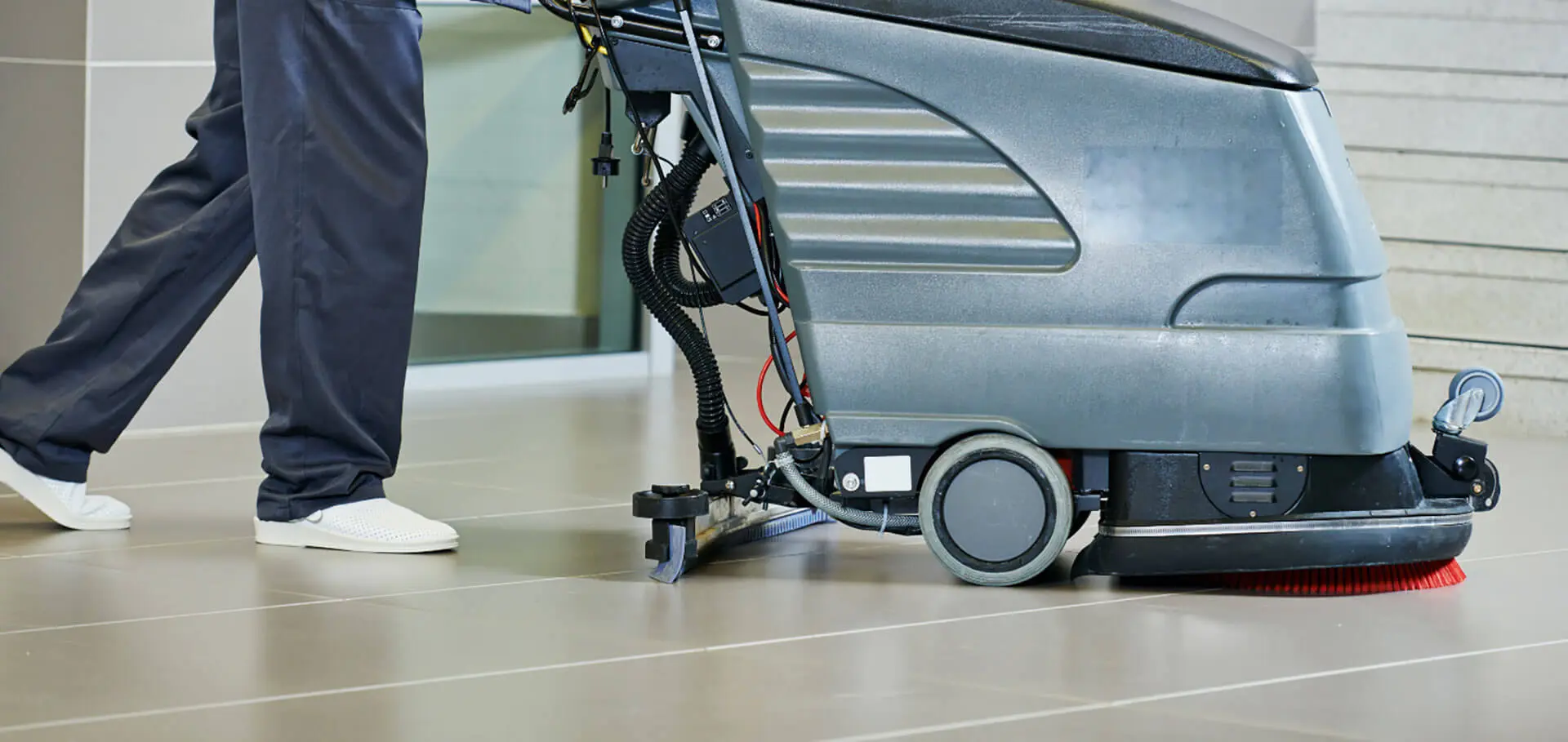


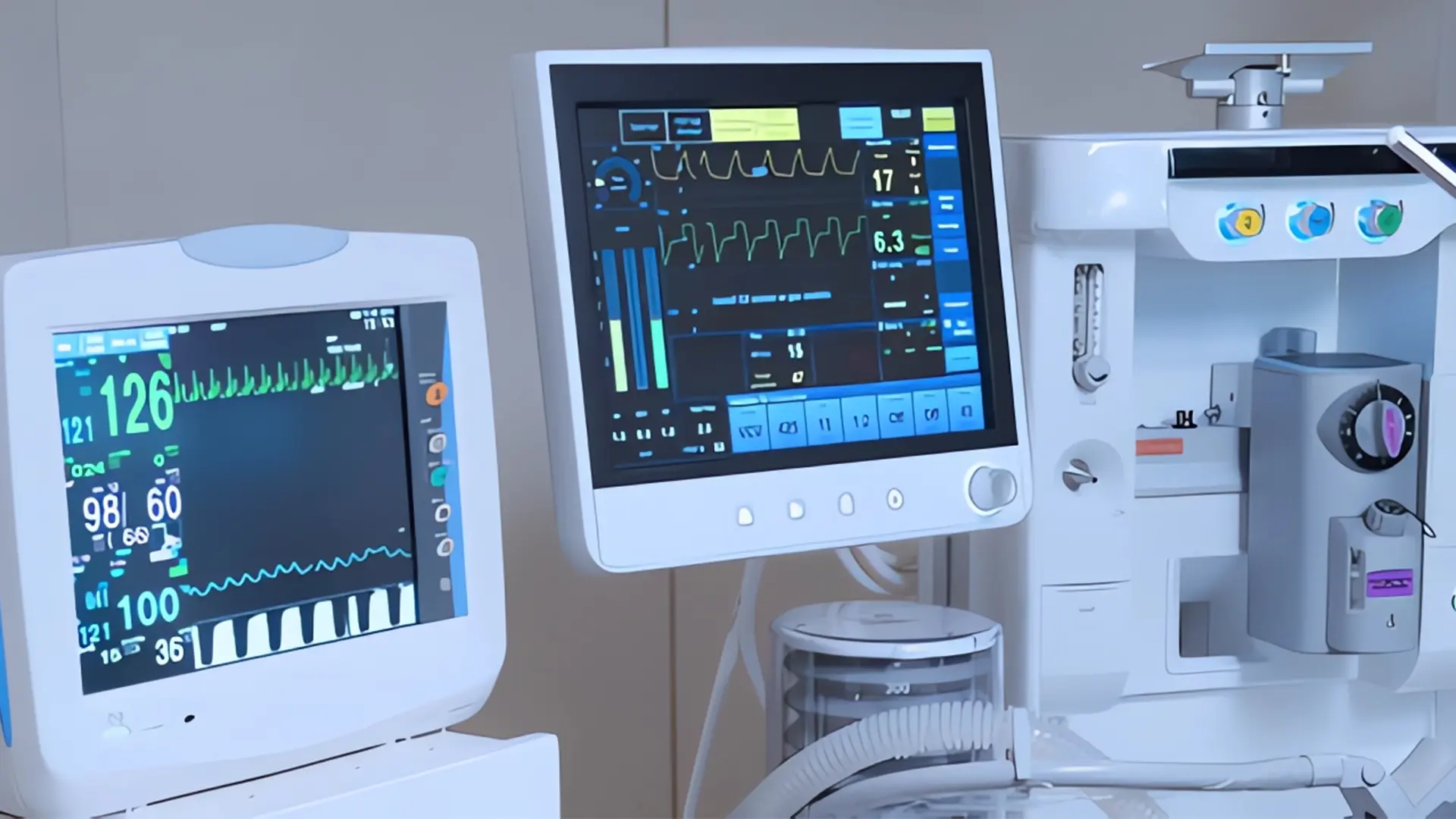
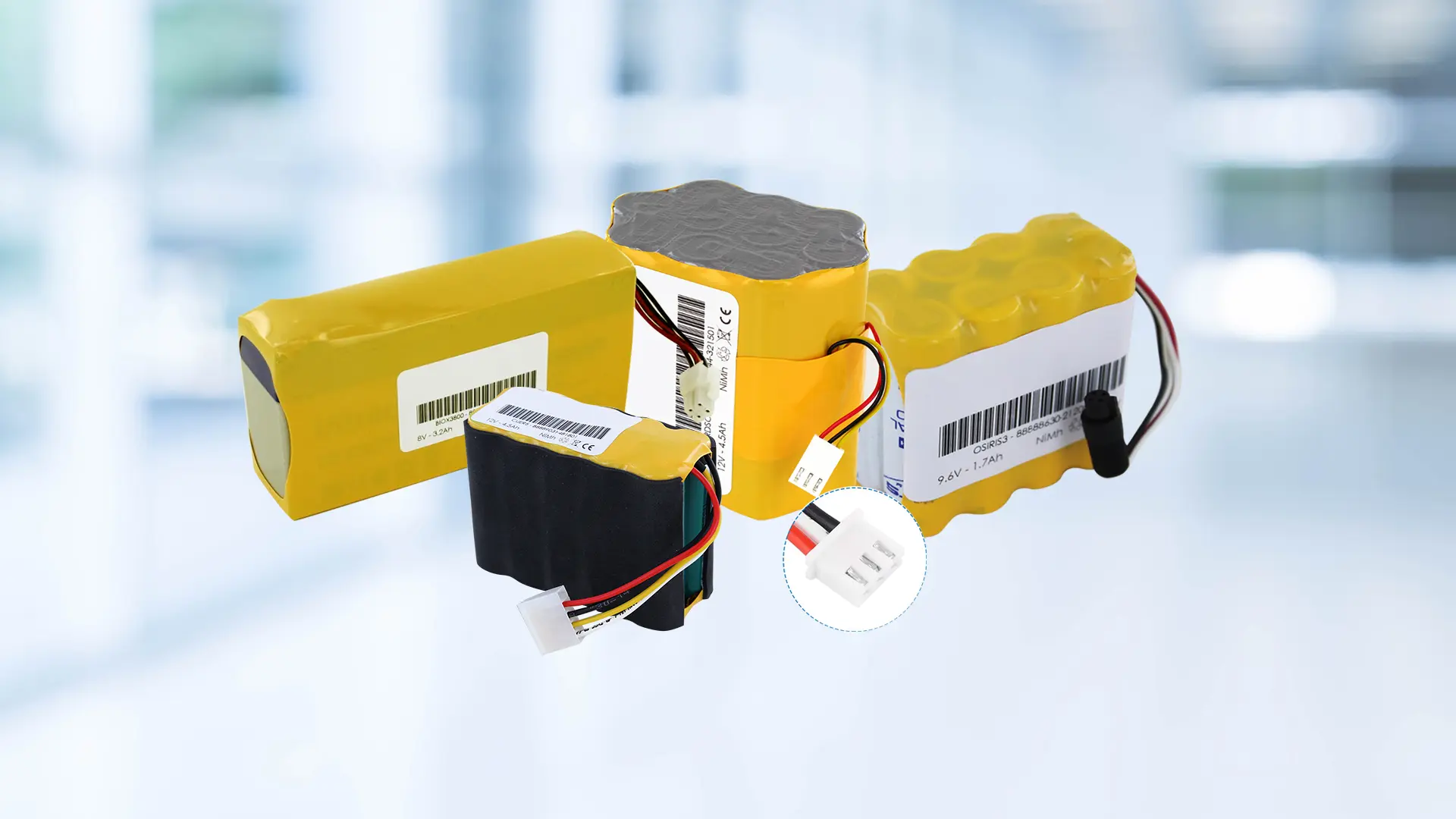

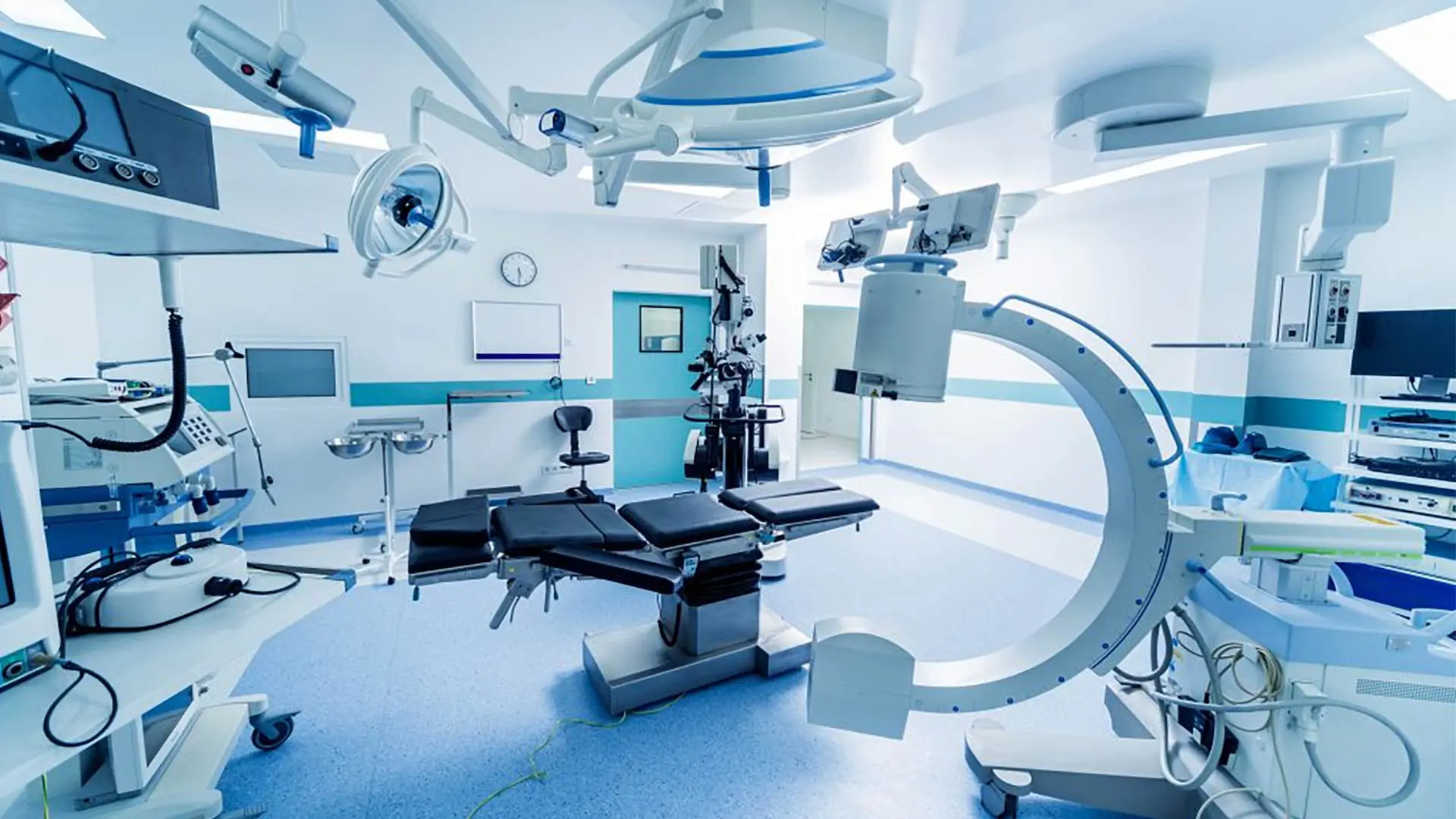

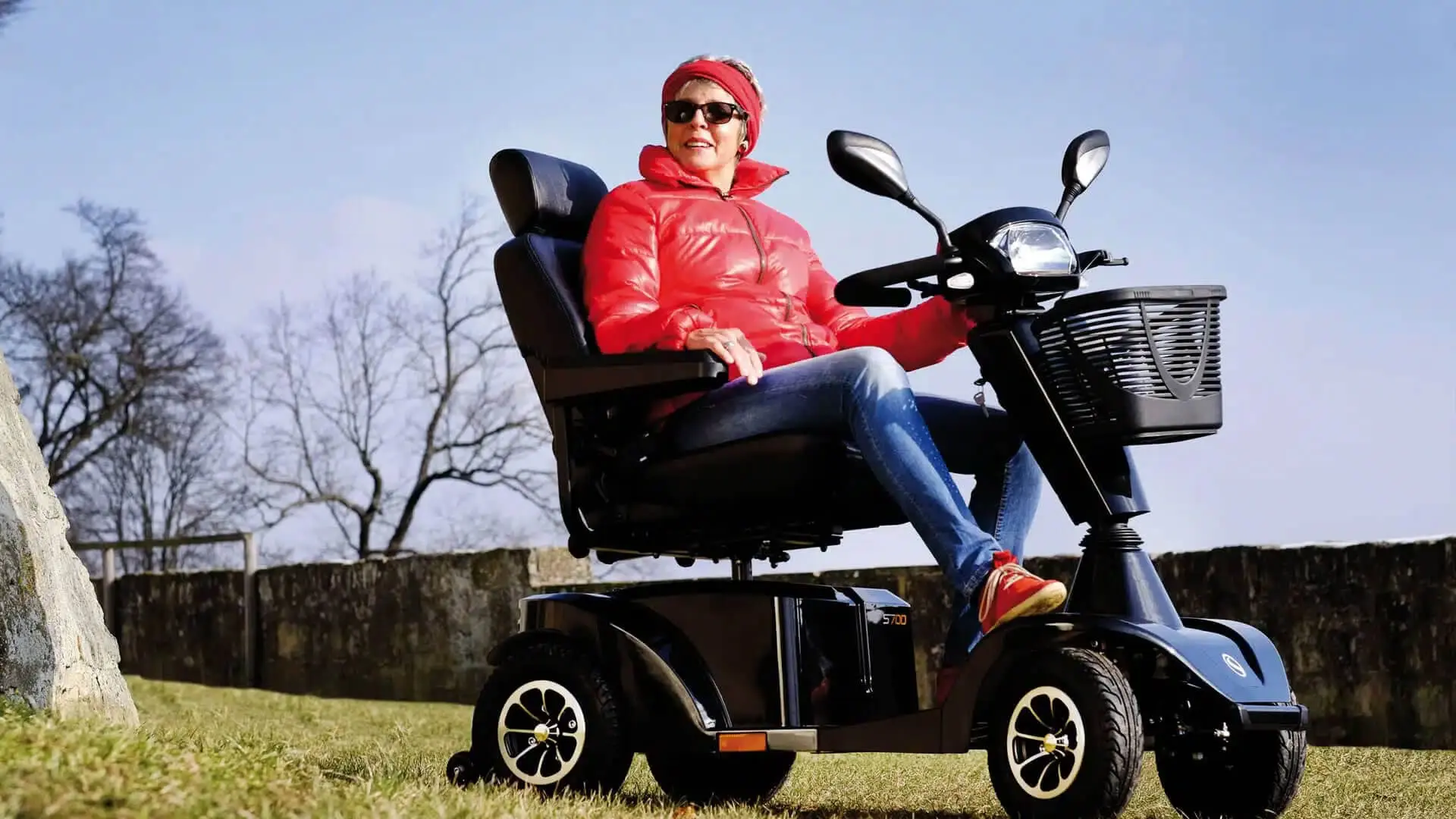

One thought
Thank you for your message, we will keep updating!